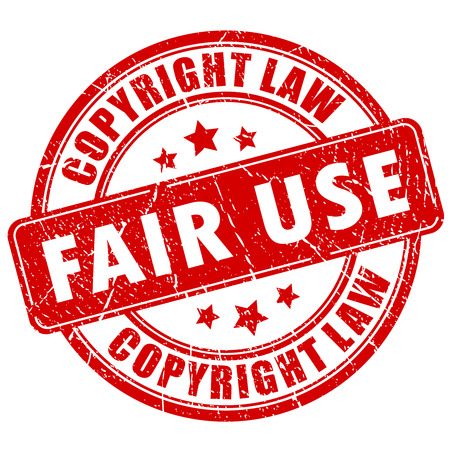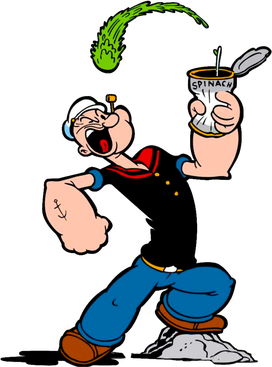“That said, there are some things that are clearly allowed within an educational context, and some helpful online resources for navigating the grayer areas.”

Shaffer’s article is all about the issue of copyright in more of a general sense, though there are some tie-ins to how to navigate copyright laws in an educational setting. Essentially, Shaffer is giving a set of guidelines and principles to reference when dealing with any material that could be considered copyrighted. Forgetting about the educational instances of copyright, violating any type of copyright law can be extremely detrimental to a work someone may be trying to publish. Shaffer lists four parameters that courts usually look at when determining if something is copyright infringement, or if it falls under fair use (the public’s right to “display their own copies, to lend them or give them away, even to sell them, and to reproduce parts of the works in certain circumstances, even to reproduce the entire work in some cases”). These four parameters are: Purpose of the work, Nature of the work, Amount of content used from original source, and the Effect on the copyright holder. These can be tricky to navigate, and while there are some allowances for teachers and others in education, it is still a benefit to know about public domain, fair use, and all the way you could come down with a case of copyright infringement.
“And while there are legal cases in which the distribution of copies of an entire work constitutes fair use, before distributing a copy of an entire length film, musical, or printed work, please consult an IP lawyer or a librarian who specializes in IP issues.”

This quote talks about intellectual property, which Oxford defines as “a work or invention that is the result of creativity, such as a manuscript or a design, to which one has rights and for which one may apply for a patent, copyright, trademark, etc.” The really bizarre thing to me that stands out in this quote is how wide the range of intellectual property and copyright really is. There are so many intricacies that go along with fair use, copyright, public domain, and intellectual property that every single case is different. However, if there are such specific laws and grave penalties for violating them, how is it possible that a certain way of “distributing copies of an entire work” constitutes fair use? It does not make much sense that there are what seems like hundreds of thousands of laws to protect against this exact thing.
“A creator’s rights persist for their entire lifetime, plus 70 more years. After that, works become part of the public domain, and anyone can use them for any purpose, without attribution or paying royalties.”
The main creative realm that I think of when I hear ‘copyright’ is in the music industry, which is a whole other can of worms on top of the complicated mess that is copyright laws. Firstly, I wonder what actually constitutes someone as a ‘creator’ of a work, like a song for example. The Beatles have a plethora of songs that they recorded and profited from as a band, but those songs may have been written by one of the individuals in the band, like how “Let It Be” was written by Paul McCartney, or how “I Me Mine” was written by George Harrison. Would these songs enter the public domain after the individual writer has been deceased for 70 years, or would that period of time start once the final Beatle has passed away, since they recorded and produced the song as a band?